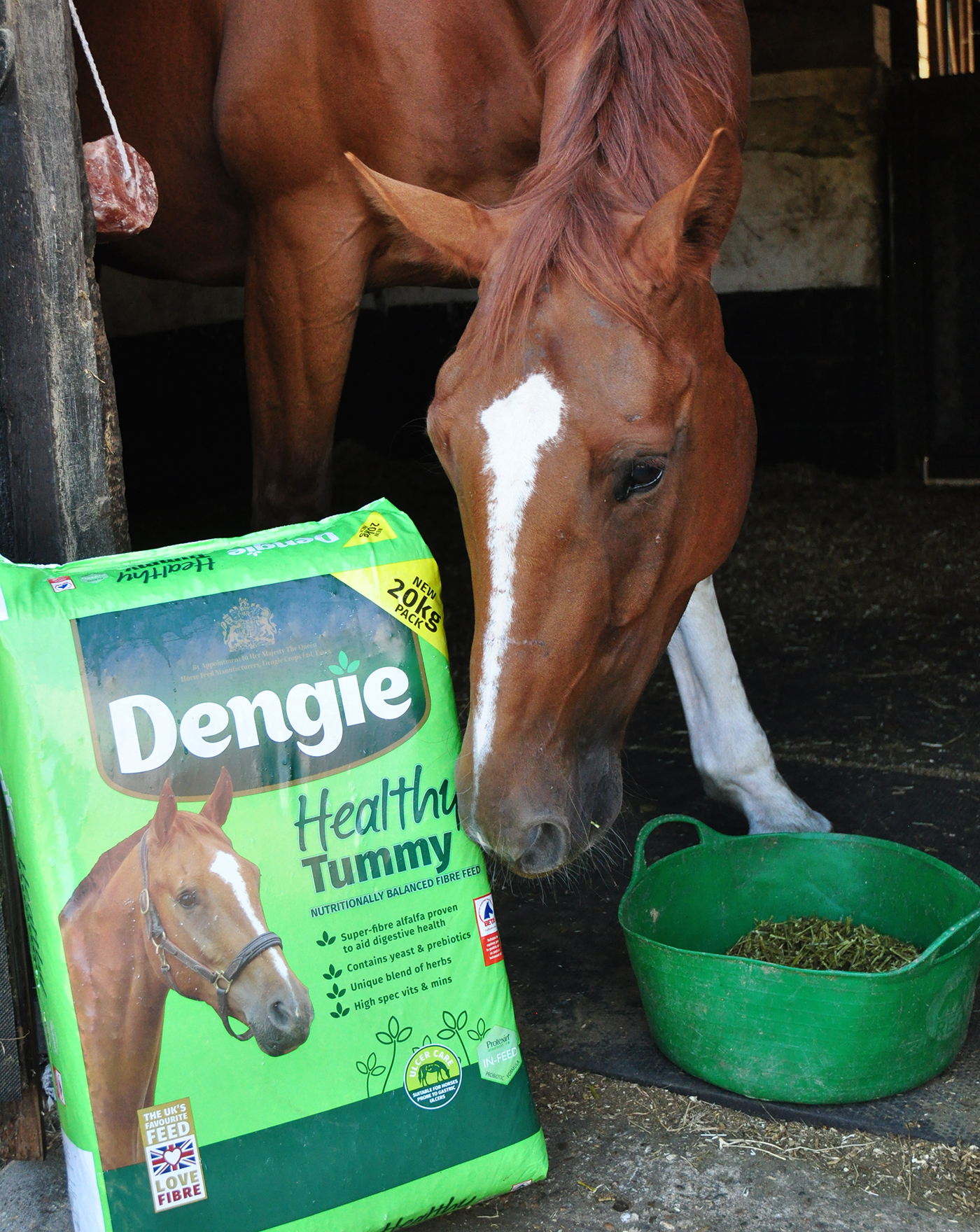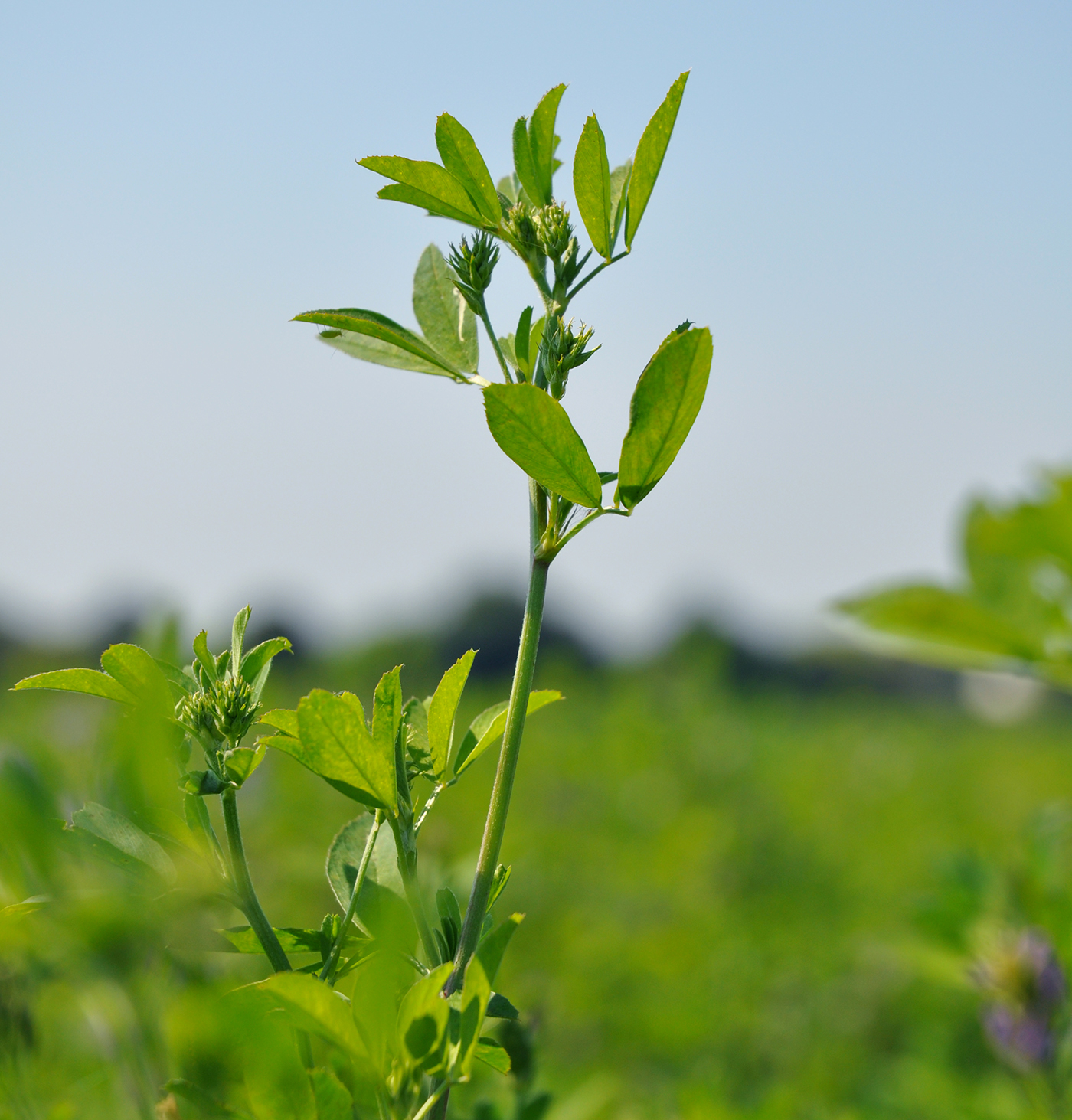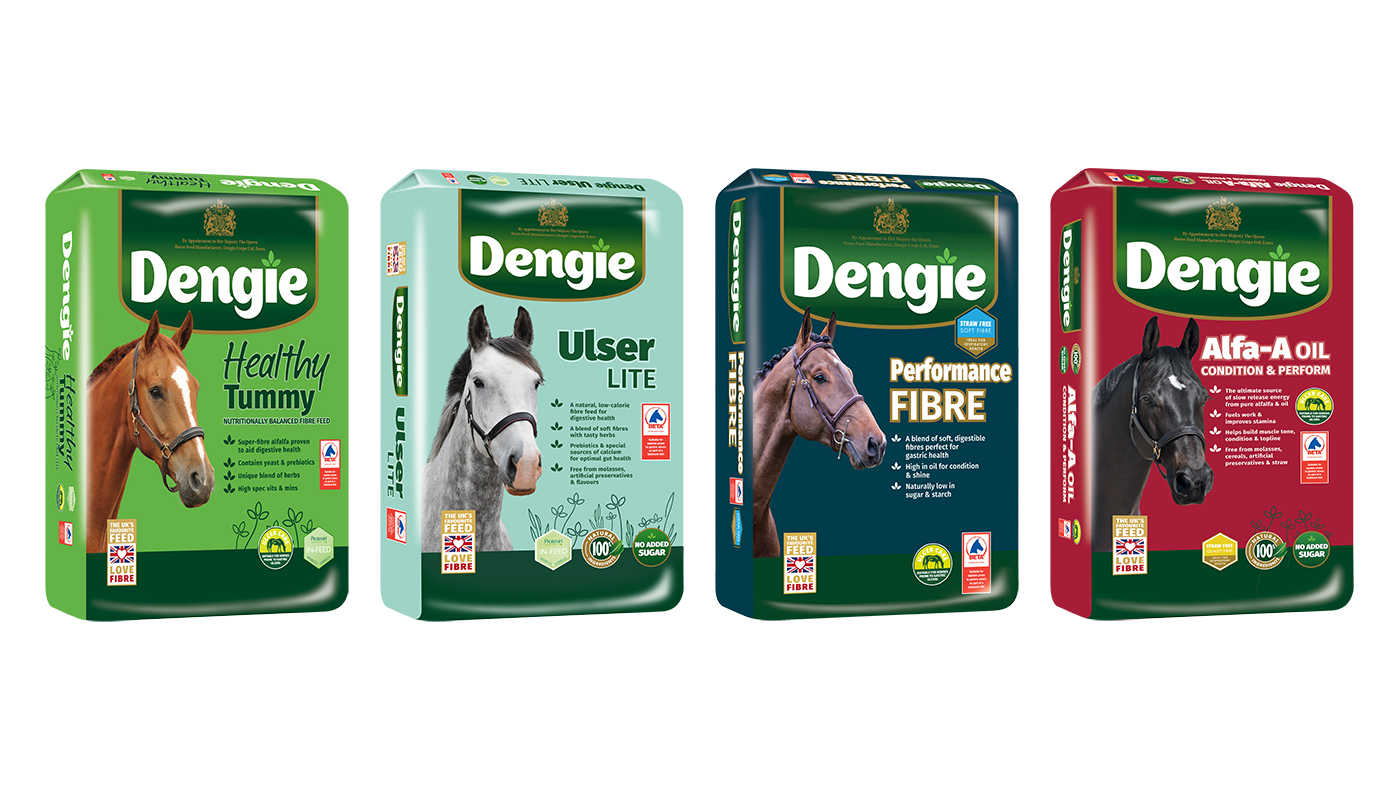Promotional Feature with Dengie
There are two distinct diseases which affect different areas of the horse’s stomach: equine squamous gastric disease (ESGD) and equine glandular gastric disease (EGGD). As the names suggest, ESGD are ulcers in the squamous region of the stomach and EGGD describes issues in the glandular region of the stomach, which researchers now describe as an inflammatory disease rather than an ulcerative one.
This is an important point to recognise in relation to both risk factors and treatment protocols; the two diseases should be viewed very separately and even if your horse has both, it doesn’t mean they are related.
Why do squamous ulcers occur?
The squamous mucosa or tissue is about one-third of the horse’s stomach. It doesn’t have any built-in protection against the acid produced in the glandular region but instead relies on the almost continuous trickle of fibre and saliva entering the stomach to act as a physical barrier to the acidity and to buffer the acidity respectively. This is one of the key reasons why low fibre diets are so detrimental to gastric health. When the horse is exercised the stomach is compressed and if there is little or no fibre present, the acidic juices in the stomach can splash around and are in closer contact with the squamous mucosa.
What are the causes of EGGD?
The glandular region of the stomach contains glands that secrete hydrochloric acid, pepsin, bicarbonate and mucus. The stomach secretes acid continuously; as the horse is a trickle feeder it needs to continuously produce digestive compounds and it is important to note that this process continues even when the horse isn’t eating. The volume of secretion has been shown to be around 1.5l of gastric juice per hour, although this does vary at different times during the day. The pH of the stomach contents ranges from 1.5 to 7 depending on location with the area at the oesophagus around 7 (neutral), which decreases to between 3 to 6 around the margo plicatus, which is where the stomach tissue type changes, and then down to 1.5 to 4 in the glandular region. Remember that a lower pH means the stomach is more acidic.
An increasing amount of evidence exists to suggest an association between stress and EGGD. Exercise is also a risk factor – exercising more than 4 or 5 days per week was found to be a risk factor for EGGD in racing thoroughbreds and showjumpers respectively. In endurance horses, the prevalence of EGGD doubled during the competition season. The link between stress and the incidence of EGGD is one reason why the problem is notoriously difficult to resolve. Removing the cause of stress can be difficult for performance horses as stress is inherent in their role and so there can be some difficult choices to make if EGGD persists.
Managing a horse with equine gastric ulcer syndrome
While there is no evidence-based link between diet and EGGD, the advice is still to implement the same feeding management as for ESGD which amounts to reducing starch intake and feeding plenty of fibre. It is important to note that no feed or supplement can treat, prevent or cure gastric ulcers – only medications can make these claims. Feeding recommendations are based on practices that are recognised as helping to maintain a healthy digestive system. High quality fibre feeds such as Dengie Healthy Tummy, Dengie Performance Fibre and Dengie Alfa-A Oil provide a good level of energy comparable with competition mixes and cubes but with much lower levels of starch.

Recent studies have shown that even elite sports horses can be sustained on rations using hay and alfalfa with a really small proportion of cereals (less than 10% of the ration) without any detriment to performance and muscle tone (Martin et al, 2023). Just as crucially, trying to minimise stress by reviewing any practices on the yard that may be distressing the horse and giving at least two rest days a week are key for horses with EGGD.
Worried about starch? Click here to use our simple Starch Calculator Tool to help you work out the amount of starch your horse is consuming each day.
Why does it matter that alfalfa contains more calcium than grass forages?
Alfalfa has really deep roots – about 3 to 4 metres – and the calcium at this depth in the soil is more available for absorption. This means that alfalfa plants can take up more calcium than grass – chopped alfalfa contains between 30 and 50% more calcium than grass forages. Early studies suggest that omeprazole is reducing calcium absorption in the horse as is seen in humans. In Swanhall et al’s (2018) study, they recommend using bio-available calcium sources in the diet to help counteract this effect. Plant-based sources of calcium such as alfalfa are much easier for the horse to absorb than inorganic sources such as limestone flour.
Why is alfalfa so low in starch?
Like other plants alfalfa makes sugar when photosynthesising but it stores any surplus sugar as starch in its roots – the part that horses don’t eat! Grass plants tend to store sugar as fructan in the leaves and the stem, which is why they supply the horse with more sugar.

Choosing a suitable feed
The British Equestrian Trade Association Approval Mark for horses prone to equine gastric ulcer syndrome (EGUS) was set up in conjunction with, and is endorsed by, the Veterinary Medicines Directorate (VMD), with very strict criteria about ingredients used in the products and claims that can be attributed to them. The VMD is a government agency and they are involved in the approval process of every product. The criteria for the approval mark are evidence-based and reviewed regularly by a working party who assess the latest research and recommendations and update the criteria when required. The approval mark is a great independent indicator of a product’s suitability for horses and ponies prone to EGUS.
Dengie has four products with the BETA-approval mark. The latest addition to the approved range is Dengie Ulser Lite which is the lowest calorie product in the range and ideal for good doers. Although horses with ulcers were historically thought to typically be underweight and poor doers, this is no longer the case. A recent study from Belgium showed that only half of those with ulcers were underweight and one of the most common queries to the Dengie feedline is how to feed enough forage to promote digestive health without resulting in too much weight gain. If you face a similar challenge then there is more information on feeding the good doer that is prone to ulcers on Dengie’s website. Visit: Feed Management of Good Doer Horses with Gastric Ulcers | Dengie
Key takeaways
- ESGD and EGGD are very different diseases and even when concurrent may not be related
- ESGD risk factors are well established and include too little fibre, too much starch and exercising on an empty stomach
- Feeding at least 1.5% of bodyweight on a dry matter basis is the minimum amount of forage required for long term gastric and digestive health
- EGGD is still not fully understood but stress is increasingly recognised as a key contributing factor
- Alfalfa is safe to use for all horses with ESGD and adult horses with EGGD
- Studies have shown alfalfa to be beneficial as an alternative energy source compared to cereals for horses in training with no detriment to performance
References
Martin et al (2023) Effect of high-starch or high-fibre diets on the energy metabolism and physical performance of horses during an 8-week training period. Front. Physiol. 14:1213032. doi: 10.3389/fphys.2023.1213032
Swanhall et al (2018) Mineral and Vitamin Supplementation Including Marine Derived Calcium Increases Bone Density in Thoroughbreds. Proceedings of the Australasian Equine Science Symposium





